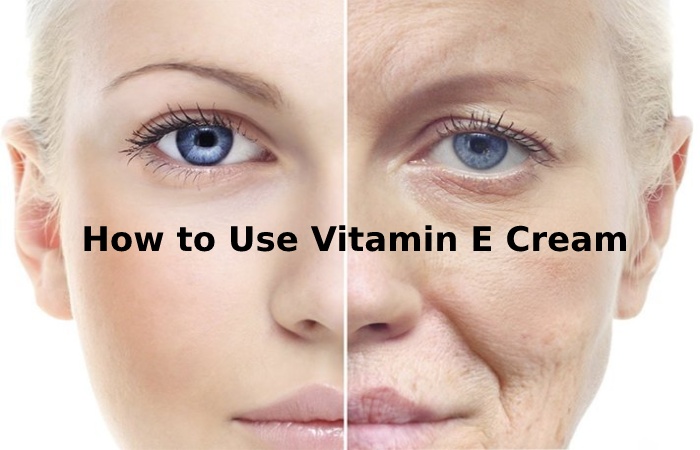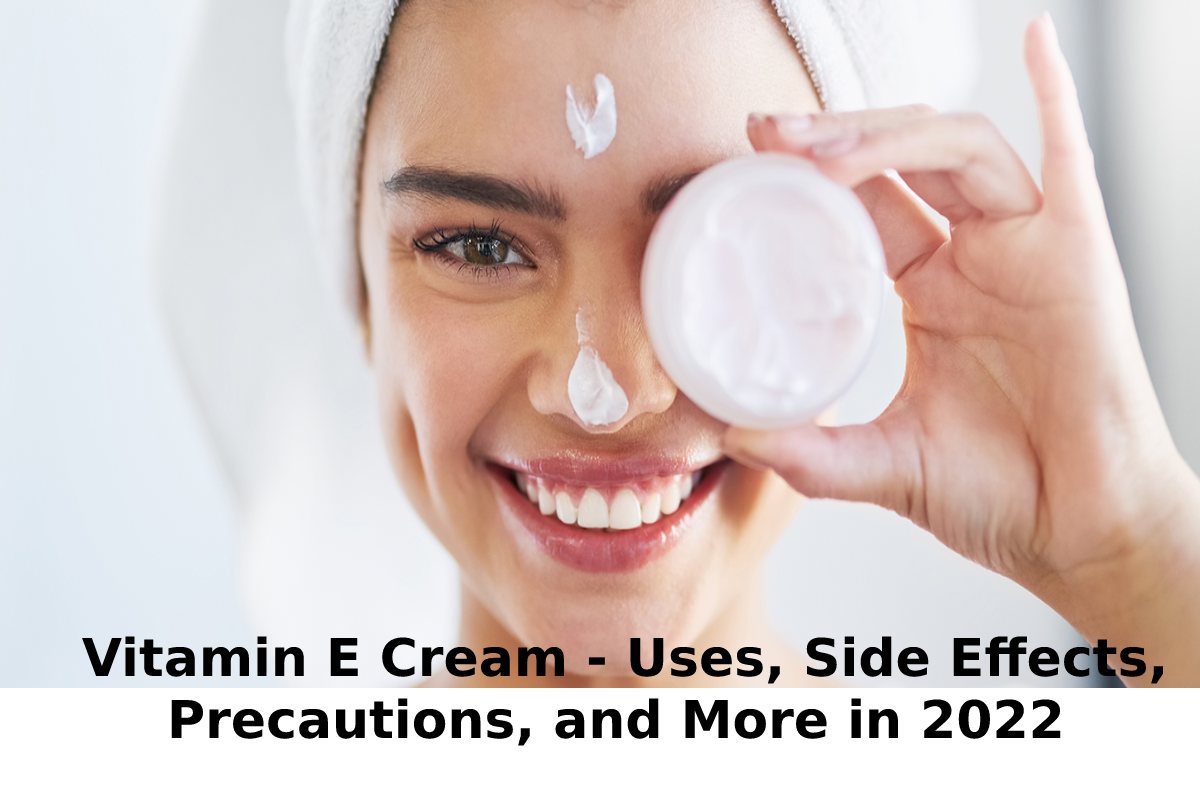Table of Contents
Vitamin E Cream
Vitamin E Cream is a moisturizer to treat or prevent dry, rough, flaky, itchy skin and minor skin annoyances (such as diaper rash and skin burns from radiation therapy). Emollients are substances that make softer and moisturize the skin and reduce itching and flaking. Nearly products (such as zinc oxide and white petroleum jelly) are primarily used to protect the skin from irritation (such as humidity). Dry skin is caused by the loss of water from the top layer of the skin.
Emollients/humectants work by forming an oily layer on the skin that traps moisture in the skin. Vaseline, lanolin, mineral oil, and also dimethicone are common emollients. Humectants, including glycerin, lecithin, and propylene glycol, draw water into the outer layer of the skin. Many products also contain ingredients that soften the horny substance (keratin) that holds the top layer of skin cells together (including urea, alpha hydroxyl acids such as lactic/citric/glycolic acid, and l allantois). This helps dead skin cells fall off, allows the skin to retain more water, and leaves the skin plumper and softer.
How to Use Vitamin E Cream

Use this product as directed. Some products require priming before use. Follow all instructions on the product packaging. If you have any queries, question your doctor or pharmacist.
Some products must be shaken before use. Check the label to see if you need to shake the bottle well before using it. Apply to affected areas of skin as needed or as directed on the label or by your doctor. How often you apply the medication depends on the product and your skin state. To treat dry hands, it may be essential to use the product each time you wash your hands, applying it throughout the day.
The condition using this product to benefit treat diaper rash, clean the area well before use and allow the site to dry before using the product. If you are exhausting this product to help treat skin burns caused by radiation, check with radiation therapy staff to see if your brand can be applied before radiation therapy.
Proper Instructions to Follow
- Follow all label directions for proper use. Apply only to the skin. Sidestep sensitive areas such as eyes, inside of mouth/nose, and vaginal/groin area unless otherwise fixed on the label or by your doctor. Check the label for instructions on sizes or skin types where you should not apply the product (such as to the face, any cracked/chapped/cut/irritated/damaged skin area, or freshly shaved skin). Refer to your doctor or pharmacist for more details.
- Use this medicine regularly to get the most benefit from it. Most moisturizers need water to work well. Put on the product after a bath/shower with the skin still damp. Your doctor may ask you to soak the area before using the product for dehydrated skin. Long, hot, or frequent baths/washes can worsen dry skin.
- If your condition perseveres or worsens or you think you have a severe medical problem, seek medical attention immediately.
Side Effect
Most emollients can be used securely and effectively without side effects. However, it may cause burning, stinging, redness, or irritation. If any of these things persevere or worsen, tell your doctor or pharmacist as soon as possible.
If your doctor has prescribed this medicine, evoke that your doctor has judged that the advantage to you is greater than the danger of side effects. Many people who use this drug do not have serious side effects.
Inform your doctor instantly if any of these unlikely but severe side effects occur: unusual skin changes (such as turning white/soft/soggy from too much moisture) or signs of skin infection.
Several allergic reactions to this medicine are rare. However, catch medical help immediately if you notice any symptoms of a severe allergic reaction, rash, itching/swelling (specifically on the face/tongue/throat), severe dizziness, or trouble breathing.
Precautions
Before consuming this product, tell your doctor or druggist if you are allergic to any of the product’s ingredients; or if you have any other allergies. This product may contain inactive ingredients that can cause allergic reactions or other problems. Consult your pharmacist for more details.
If you have any health conditions, consult your doctor or pharmacist before using this product: skin cuts/infections/sores.
Certain ingredients (such as preservatives and fragrances) can increase your sensitivity to the sun. Check the label for any cautions, or ask your doctor or pharmacist if you need to take special precautions when sunlight is exposed. For example, your doctor/pharmacist may suggest limiting your time in the sun, avoiding tanning booths and sunlamps, using sunscreen, and wearing protective clothing when outdoors. Tell your doctor immediately if you get sunburned or have skin blisters/redness.
Some products can make spots worse. For example, on the label, look for the word “non-comedogenic” (it will not clog pores) if your skin is prone to breaks. Also, some products may stain or discolor clothing. Inquire your doctor or pharmacist for more details.
It is not known if this drug passes into breast milk. Consult your doctor before nursing, especially if applying this product to the breast.
Interactions
If you are using this Vitamin E Cream as directed by your doctor, your doctor or druggist may already know possible drug interactions and monitor you for them. Therefore, do not start, stop, or change the dosage of any medicine without first talking to your doctor or druggist.
If your doctor has suggested you use this product, or if you use a prescription product on your skin, tell your doctor or pharmacist about all prescription and nonprescription/herbal products you may be using, including other skin care products.
Save a list of all your medications and share it with your doctor and pharmacist.
Overdose
This medicine can be harmful if swallowed. If someone has overdosed and has severe symptoms such as fainting or difficulty breathing
Conclusion
Vitamin E is a vital fat-soluble antioxidant and has been used in dermatology for more than 50 years. It is an essential ingredient in numerous cosmetic products. Protects the skin from various harmful effects of solar radiation by acting as a free radical scavenger. In addition, experimental studies suggest that vitamin E has antitumor and photoprotective properties. However, few controlled clinical studies provide a rationale for well-defined doses and clinical indications for using vitamin E in dermatological practice. This article reviews the cosmetic and clinical implications of vitamin E in dermatology.
Also Read: Restylane Contour – Be True to Your Contour with Restylane in 2022
Also Read: Improve Facial Health – Skincare Tips for Clear, Healthier Skin Fast

